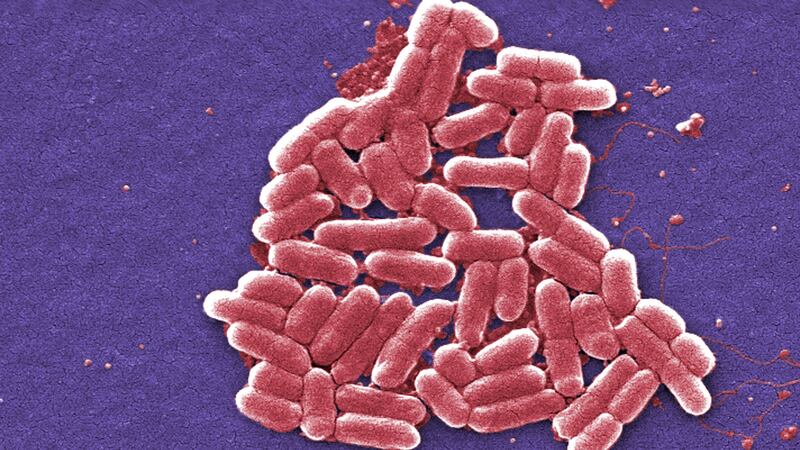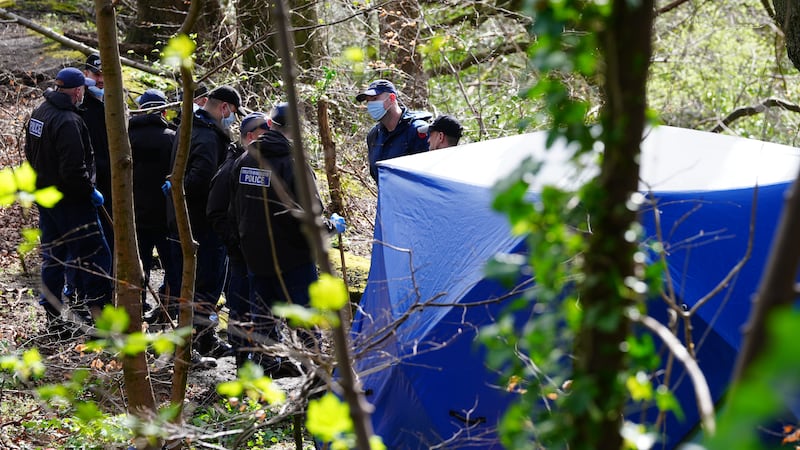More than 3,000 harmful bacteria, including some of the deadliest known, have had their complete genetic codes mapped by British scientists.
The bugs are housed at Public Health England’s National Collection of Type Cultures (NCTC), the oldest bacteria library in the world.
Among them are lethal strains of plague, dysentery and cholera.
Decoding the DNA of the microbes will help scientists understand how they become resistant to antibiotics and aid the development of new treatments and diagnostic tests.
Dr Julian Parkhill, from the Wellcome Sanger Institute in Hinxton, Cambridgeshire, where the bacterial genomes were sequenced, said: “Historical collections such at the NCTC are of enormous value in understanding current pathogens.
“Knowing very accurately what bacteria looked like before and during the introduction of antibiotics and vaccines, and comparing them to current strains from the same collection, shows us how they have responded to these treatments.
“This in turn helps us develop new antibiotics and vaccines.”
Set up in 1920, the NCTC holds a collection of more than 5,500 species of bacteria.
They include 16 strains contributed by Alexander Fleming, the discoverer of penicillin, including a sample taken from his own nose.
The first bacteria to be deposited at the NCTC belonged to a strain of the dysentery-causing bug Shigella flexneri isolated from a First World War soldier in 1915.








